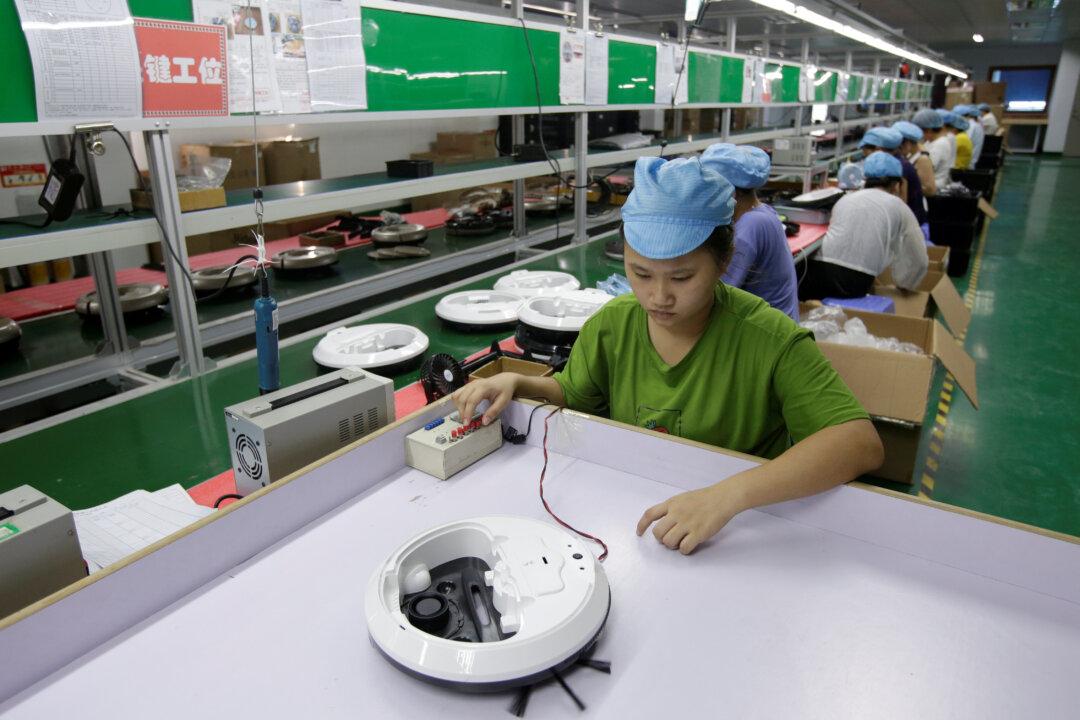BEIJING—China’s factories suffered a collapse in export orders in April, twin surveys showed, suggesting a full-blown recovery appeared some way off as the CCP virus health crisis shut down large parts of the world economy.
The sobering result comes amid moves by major nations to ease up on lockdowns, underlining the stiff challenges facing businesses as policymakers brace for the worst global slump since the Great Depression.





